the sixth month of pregnancy
The sixth month has arrived and the second trimester is coming to an end. You are probably already very excited about the birth of your baby and are making more and more preparations. The sixth month of pregnancy covers the 21st week of pregnancy up to and including the 24th week. In your belly, your baby is making great progress during this month, because the lungs and the sucking reflex are almost completely developed.
Stage of development of the baby
In the sixth month, your baby makes huge developmental leaps. Even though your baby is still asleep most of the time, he moves around even more when he is awake. He also develops a sleep-wake rhythm and his eyelids can now open.
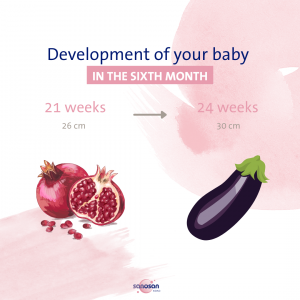
Almost all pregnant women can now clearly perceive the baby’s movements. The first hiccup may be felt in the sixth month along with a rhythmic throbbing in the abdomen. As the baby grows, the hiccups can also be observed more readily in the movements of the abdominal wall. The baby trains its fine and gross motor skills by twisting and stretching. This means that in the sixth month, the adult fingers are used as toys and are often brought to the mouth. Many children already practice sucking frequently; the thumb serves as a teaching tool so that docking on mommy’s breast works well later.

The vernix caseosa – a waxy, viscous layer – coats the body of the unborn baby. This prevents the baby from cooling down rapidly shortly after birth. In addition, the vernix caseosa has an antibacterial function that protects the unborn child from infections, including staphylococci and dehydration, during pregnancy and after birth. The cheese goo is also an excellent lubricant for childbirth.
Symptoms and physical changes of the expectant mom in the 6th month of pregnancy
Your belly keeps growing and growing – tying shoes or picking something up off the floor can be a challenge from now on. Lifting heavy weights is better avoided, because the increasing weight of the uterus, increased blood volume, amniotic fluid, placenta and fetus already puts a lot of strain on the pelvic floor muscles. Swelling of the feet, ankles, hands and face appear, especially on hot summer days.
By the sixth month of pregnancy, most pregnant women gain between four and a half and six kilograms. Appetite is also usually greater now, but this should not be overestimated – many often have the thought that pregnant women have to eat for two, although the calorie requirement only increases by about 250 kilocalories per day.
Cramps and magnesium deficiency in pregnancy
In the sixth month of pregnancy, especially around the 22nd week, many pregnant women suffer from cramps in the legs for the first time. On the one hand, the hormones in pregnancy cause more magnesium to be excreted in the urine. Secondly, the fetus now needs a lot of maternal magnesium for its growth. A deficiency often makes itself felt in the form of calf cramps. A balanced mix of magnesium-rich foods such as nuts, green vegetables, whole grains and mixed products, can help reduce cramps. To learn how to eat best during pregnancy in general, click here.
What kind of birth do I want?
As the birth approaches, you should think about where and how you want to give birth. Of course, you can’t always choose it, but everyone should be allowed to express their wishes and ideas. Basically, there are the following options:
Ambulant delivery in the clinic or in the birthing room
An ambulant delivery means that you and your baby can go home just a few hours after the birth. The birth often takes place in a birthing room, where a midwife is present, but a doctor is also available at all times.
The advantage of an ambulant birth is that you can quickly return to your usual environment. However, if there are complications afterwards, the emergency doctor or the midwife must be alerted first, which can cost a lot of time.
How many hours you have to stay in the hospital is decided by the doctor in the end. Of course, you can only be discharged if your baby and you are doing well. It is important to take care of a midwife in advance, who will take care of the aftercare and also help you with any questions.
Hospital delivery in the clinic
An inpatient delivery is similar to an outpatient birth, but you and your baby stay in the hospital for a few days. Provided there are no complications, you can usually leave the hospital again after about two to three days.
Especially if you are expecting your first child and are unsure about the procedure and how to deal with your baby after the birth, it can make sense to stay in the hospital for a few more days. The nurses, doctors and midwives are there to offer advice and support.
Planned C-section
A planned C-section is not the same as an elective C-section, which is also a misleading term. Every mother can decide for herself the type of birth she wants. Nevertheless, you should discuss the pros and cons between normal, vaginal birth and cesarean section in detail with your doctor or midwife. In Germany, it is generally advised to have a natural birth, if possible, because a C-section is considered surgery.
Of course, there are also compelling reasons that make a planned C-section necessary. If it is foreseeable that there are dangers for mother or child during the birth, the gynecologist will advise a cesarean section by appointment. But psychological factors can also be reasons for a cesarean section.
Generally, one tries to perform the cesarean section as close to the calculated date of birth as possible, so that the baby’s development is complete. If there are no medical reasons for an earlier cesarean delivery, your doctor or midwife will probably advise you to have a scheduled cesarean section from the beginning of the 40th week of pregnancy.
Home Birth
Alternatively, you can also give birth to your child at home. Here, with the onset of labor, the midwife is informed, who then makes her way to your home. Many women opt for a home birth because they know the surroundings. Others prefer to play it safe and have medical care in closer proximity.
With home birth, care should be taken to maintain high hygiene, and after delivery, the home will most likely need to be thoroughly cleaned.

In general, it is best to discuss the alternatives with your doctor and choose a solution that you feel most comfortable with.
You can find out how your birth can ultimately proceed and what birth phases and positions there are in our article “Birth positions“.
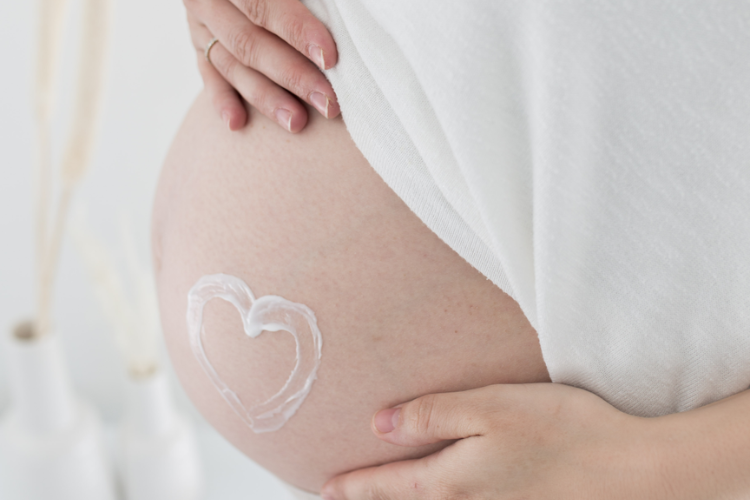
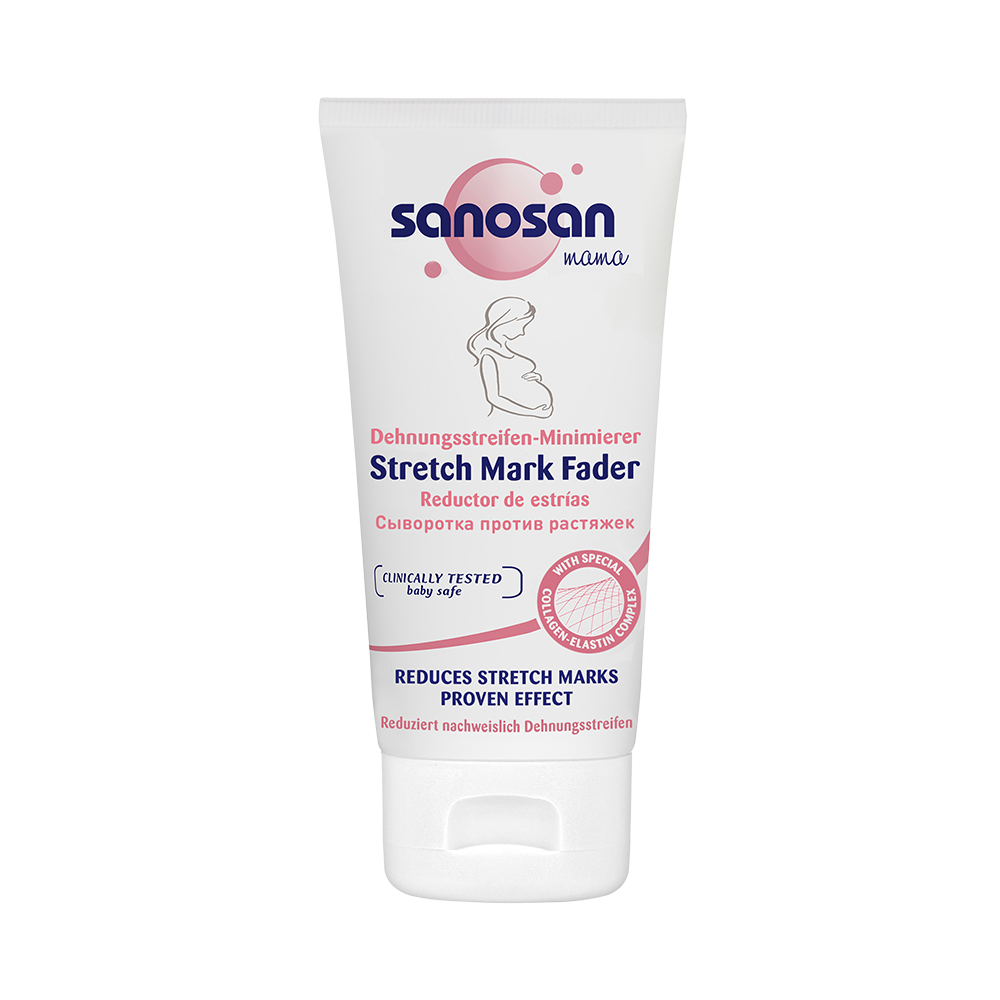


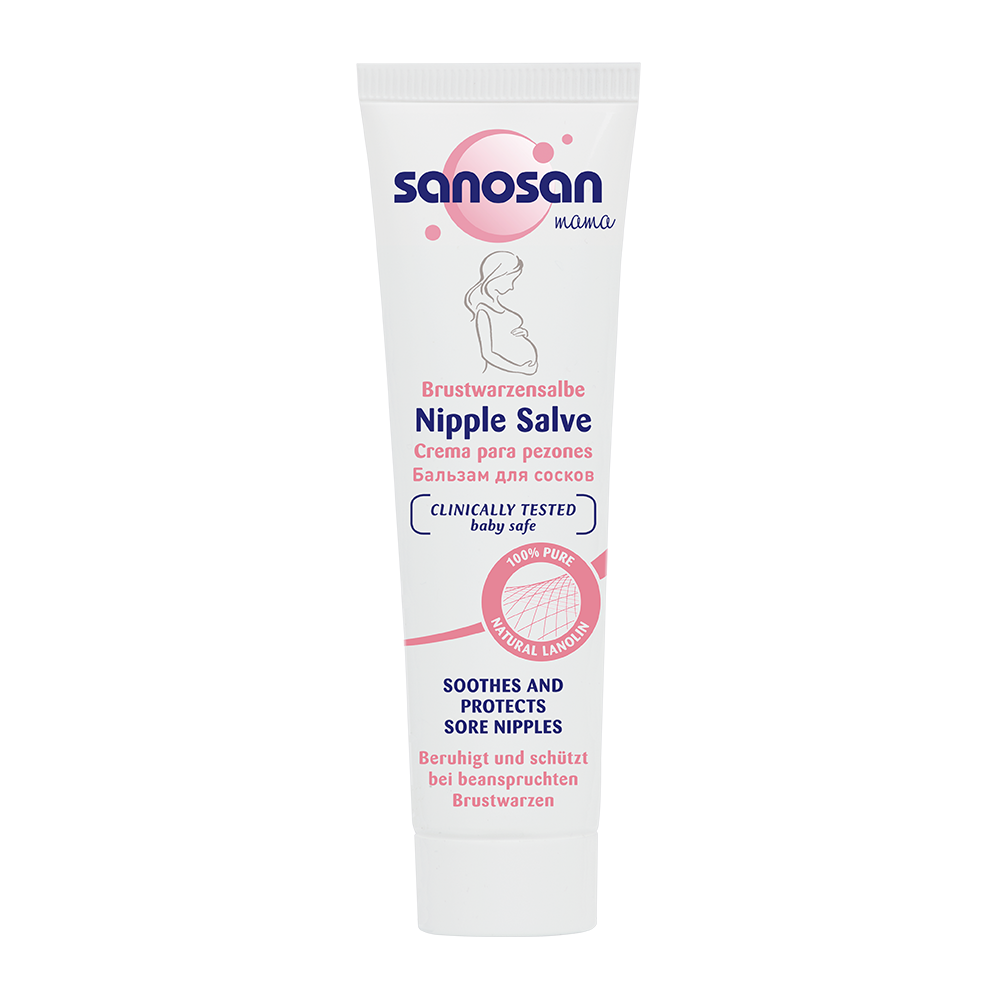

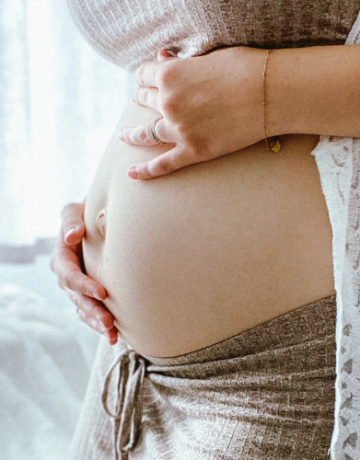
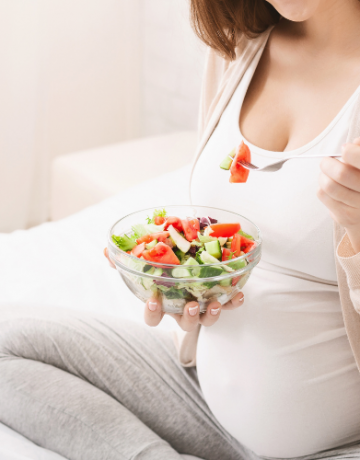



Comments (0)